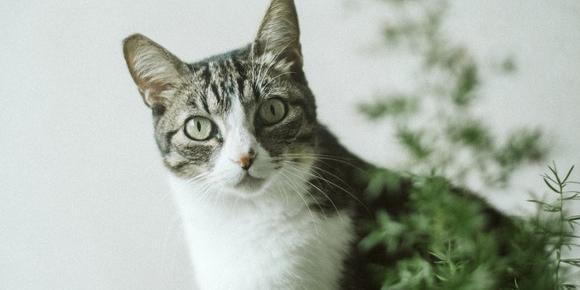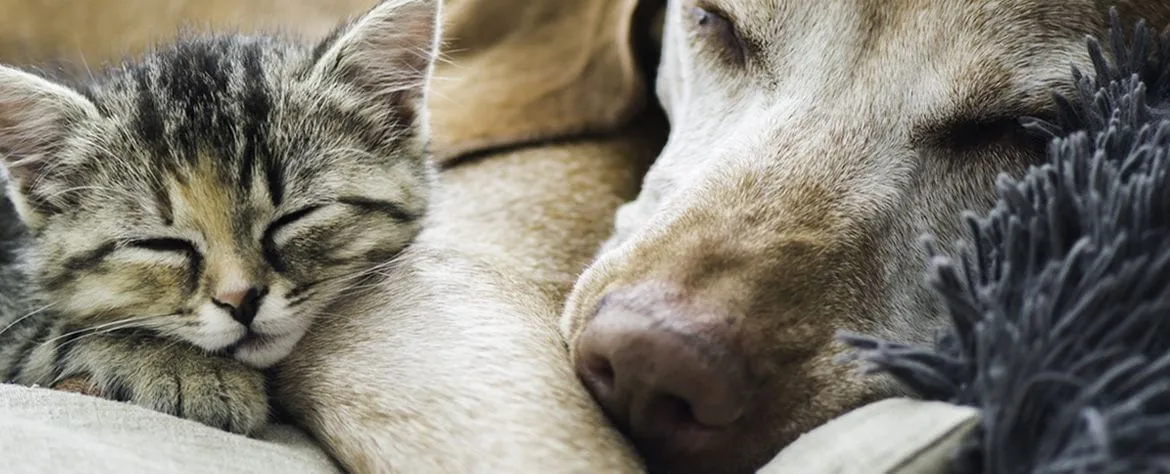
It's National Adopt a Cat Month, so if you are adopting or already have a furry feline at home, you want to make sure they are safe. Whether you're a gardener or enjoy having plants in your home, you should be aware of which ones are toxic to cats. Here is a list that we put together of some of the most common. There is also a full list from the ASPCA.
Apple (parts)
While the flesh of an apple is safe for your kitty to enjoy, pet parents with apple trees in their yard should be very cautious. Parts of the fruit including the stems, leaves, and seeds contain cyanide, which is a threat if your cat starts to nibble the decaying fruit that’s fallen to the ground.
Aloe
While humans may use aloe gel to heal burns and scrapes, the plant can be toxic if your pet ingests it, leading to vomiting, lethargy, and diarrhea.
Azaleas
These flowers can cause symptoms from vomiting to cardiac failure… keep cats away! Rhododendron, a close relative, is also very toxic.
Lilies
These flowers are known to be particularly toxic to cats, and any part of them – even the water in the vase – can poison your kitty, causing kidney failure. Cats don’t even have to eat these to be effected – contact with the pollen can prove deadly. Keep felines FAR AWAY from these flowers.
Chamomile
Although we humans drink chamomile tea to relax, this plant is poisonous to our four-legged friends. Symptoms include vomiting, diarrhea, anorexia, and “bleeding tendencies.”
Daffodils
The ASPCA explains that the bulbs contain the most poison. If too much is eaten, cats can suffer convulsions, tremors cardiac arrhythmias, and more.
Daisies
The ASPCA says that symptoms of ingestion include, vomiting, diarrhea, hyper-salivation, incoordination, and dermatitis.
Gladiola
Like daffodils, the most toxic part of this flower is the bulb. Symptoms following ingestion include salivation, vomiting, drooling, lethargy, and diarrhea.
Tulips
Also holding most of their toxicity in the bulb, tulips can cause vomiting, depression, diarrhea, hyper-salivation.
Sago Palm
Ingestion of these plants can lead to a host of scary side effects, including vomiting, melena, icterus, increased thirst, hemorrhagic gastroenteritis, bruising, coagulopathy, liver damage, liver failure, and death, according to the ASPCA.
Rhubarb
We love it with strawberries in pie, but don’t let your pet eat a rhubarb plant. Side effects include tremors, salivation, and kidney failure.
Mistletoe
Pet parents should know that this festive plant is poisonous to cats, and should be especially cautious around the holidays. Symptoms include vomiting, diarrhea, low blood pressure, difficulty breathing, and low heart rate.



